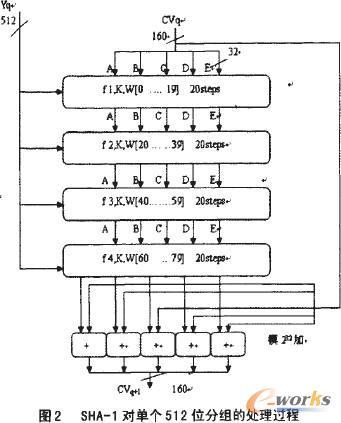The security of patient information is important during the transfer of medical data. A hybrid spatial domain watermarking algorithm that includes encryption, integrity protection and steganography is proposed to strengthen the information originality based on the authentication. The proposed algorithm checks whether the information of patients has been deliberately changed or not. The created code is distributed at every pixel of the medical image and not only in the regions of noninterest pixels, while the image details are still preserved. To enhance the security of the watermarking code, "SHA-1" is used to get the initial key for the Symmetric Encryption Algorithm. The target of this approach is to preserve the content of the image and the watermark simultaneously, this is achieved by synthesizing an encrypted watermark from one of the components of the original image and not by embedding a watermark in the image. To evaluate the proposed code the Least Significant Bit (LSB), Bit2SB, and Bit3SB were used. The evaluation of the proposed code showed that the LSB is of better quality but overall the Bit2SB is better in its ability against the active attacks up to a size of 2*2 pixels, and it preserves the high image quality.
翻译:病人信息的安全性在医疗数据传输期间很重要。 提议采用包括加密、 完整性保护和系统化法在内的混合空间域水标记算法,以加强基于认证的信息原始性。 拟议的算法检查病人的信息是否有意改变。 创建的代码分布在医疗图像的每一个像素中, 不仅在不感兴趣的像素区域, 而图像细节仍然保存。 为加强水标记代码的安全性, “ SHA-1” 被用于获取Symmricy Decrimeion Algorithm 的初始密钥。 这种方法的目标是同时保存图像的内容和水印, 实现这一目的的方法是从原始图像的组成部分之一合成加密的水标记, 而不是在图像中嵌入一个水标记。 评估拟议的代码“ 最小重要比特( LSB)、 Bit2SB 和 Bit3SB ” 。 对拟议代码的评估表明, LSB 质量更高, 但总体而言, Bit2SB 更有能力防止高质量的主动攻击, 保持2ix* 和高质量。



